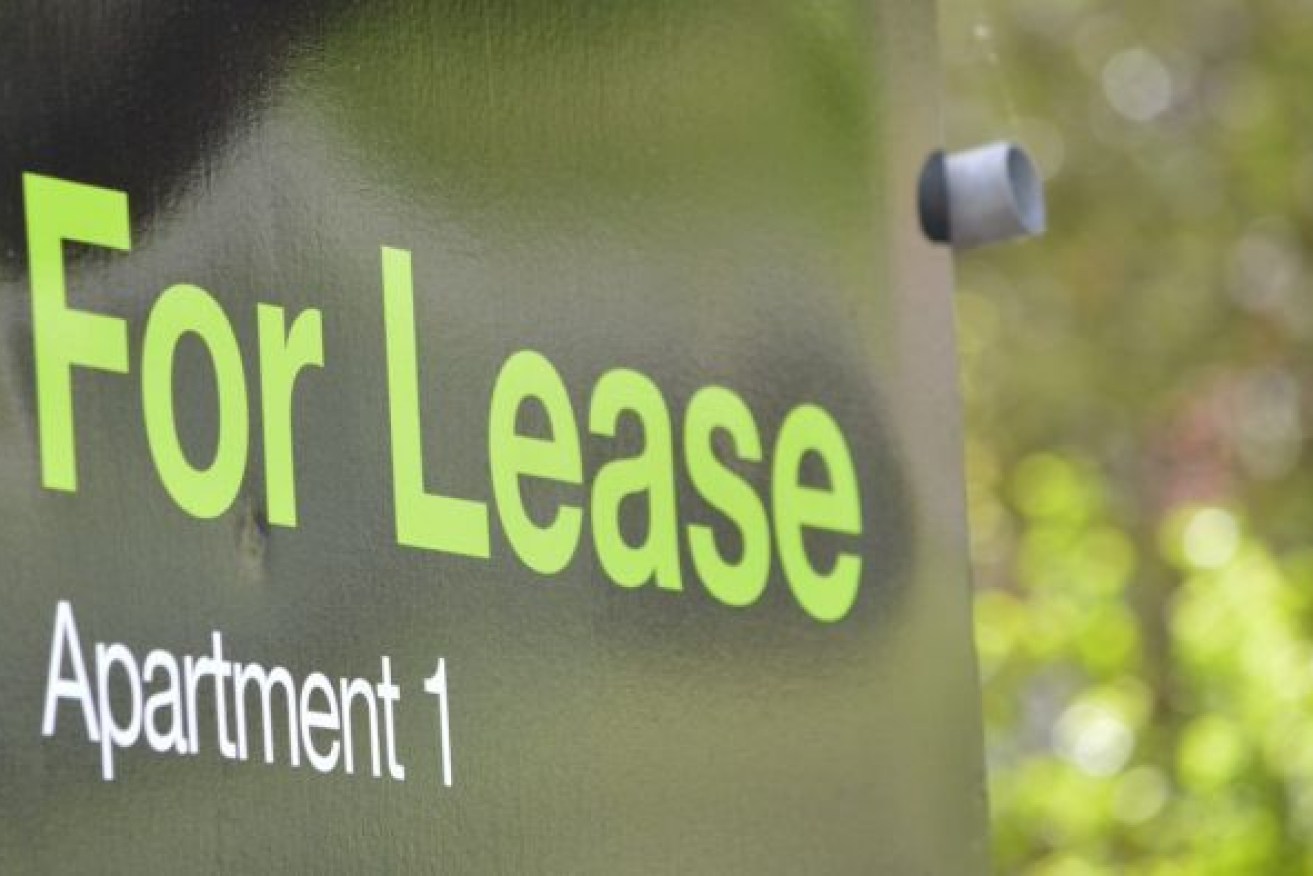Pandemic population surge means scarce rentals across state
A surge of about 30,000 interstate migrants in the past six months and the state’s recovery from the pandemic has created a spike in rental demand with about 90 per cent of Queensland’s market is now considered “tight”.


The Queensland rental market is now considered ion undersupply Photo: ABC
Some regional cities now have record levels of low vacancies which means that most if not all good properties are snapped up quickly. The result could be an increase in rents.
But the Brisbane CBD has gone the other way with rental vacancies peaking at 14 per cent earlier this year and dropping to about 8 per cent in the September quarter.
The issue for the CBD, according to REIQ, was that the pandemic had a far greater impact on younger workers. The sudden drop in international students and tourists also took a toll.
The Gold Coast’s southern areas recorded some of the lowest vacancies, with an extremely tight median of 0.3 per cent and the downtown Surfers Paradise region fell from 5 per cent to 2.1 per cent.
“With Queensland’s overall quarterly vacancy rate retracting from 2.44 per cent to 1.49 per cent over three months, this is the first time since the outbreak of COVID-19 that every market is showing growth as vacancy rates continue to shrink,” REIQ chief executive Antonia Mercorella said.
“Needless to say our rental market is under enormous pressure with around 90 per cent of the state now experiencing extremely tight conditions.
“The pandemic has definitely caused a shift for a lot of people in not only the way they want to live but where they want to live, and it seems southeast Queensland is our biggest beneficiary these last three months.”
Adding to the growth in demand has been an increase in new jobs and rising consumer confidence.
Mercorella said in the second quarter of COVID-19, Brisbane’s mean average vacancy dropped -0.6 per cent to 1.4 per cent on the back of a better-than-expected demand.
Tight vacancy levels exist in Balmoral (1.6 per cent), Coorparoo (1.6 per cent), Hawthorne (1.5 per cent), Newmarket (1.1 per cent), Wilston (1.1 per cent) and Windsor (1.2 per cent).
“Ultimately, Brisbane continues to prove that it’s remained fairly buoyant throughout the pandemic and continues to be ranked as the most affordable capital city in Australia,” she said.
Ipswich and Logan showed the biggest reduction in rental stock with a 0.7 per cent dip to 1.2 per cent and 1.5 per cent respectively.
Elsewhere, the Lockyer Valley and Toowoomba have fallen to 0.6 per cent. The Sunshine Coast saw a sharp dive with a -1.5 per cent drop to 0.5 per cent. Noosa had a similar result.
The average vacancy rate for Fraser Coast was 0.7 per cent, a record low for the region. In Bundaberg, vacancies continue to remain extremely tight at 0.4 per cent, while Gladstone is at 1.3 per cent and Mackay 0.6 per cent. Rockhampton recorded its lowest vacancy level on record as well as the second tightest rental market in Queensland for the quarter at 0.3 per cent.
Townsville is experiencing its lowest vacancy rates in more than 10 years – 0.7 per cent. Meanwhile, in Cairns, the rental market has bounced back from its temporary soft conditions during lockdown, tightening a further 1.1 per cent to 1.3 per cent.












